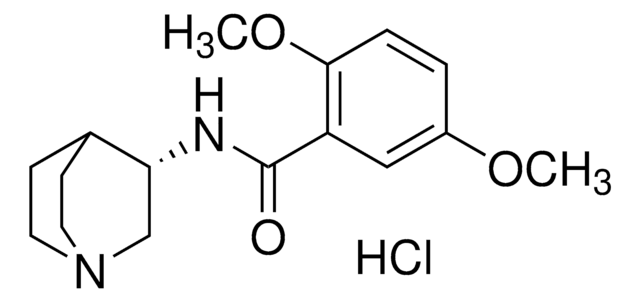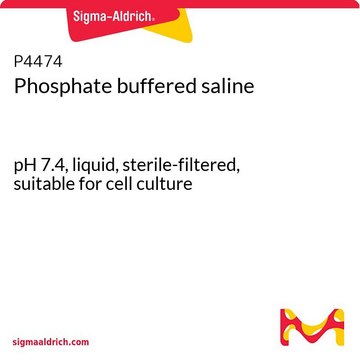SML3068
PSEM308 hydrochloride
≥98% (HPLC)
Sinônimo(s):
5-Methyl-3,4,14-triazapentacyclo[12.2.2.14,7.02,13.011,19]nonadeca-2,7(19),8,10-tetraene hydrochloride, 5-Methyl-5,8,9,10,11a,12-hexahydro-4H-8,11-ethanopyrido[3′,2′:3,4]diazepino[6,7,1-hi]indole hydrochloride, PSEM 308 hydrochloride, PSEM308 hydrochloride, Pharmacologically selective effector molecule 308, hydrochloride
About This Item
Produtos recomendados
Nível de qualidade
Ensaio
≥98% (HPLC)
forma
powder
condição de armazenamento
desiccated
cor
white to beige
solubilidade
DMSO: 2 mg/mL, clear (warmed)
temperatura de armazenamento
2-8°C
cadeia de caracteres SMILES
CC1CC2=CC=CC3=C2N1N=C(C4CCN5CC4)C5C3.Cl
Ações bioquímicas/fisiológicas
Código de classe de armazenamento
11 - Combustible Solids
Classe de risco de água (WGK)
WGK 3
Ponto de fulgor (°F)
Not applicable
Ponto de fulgor (°C)
Not applicable
Certificados de análise (COA)
Busque Certificados de análise (COA) digitando o Número do Lote do produto. Os números de lote e remessa podem ser encontrados no rótulo de um produto após a palavra “Lot” ou “Batch”.
Já possui este produto?
Encontre a documentação dos produtos que você adquiriu recentemente na biblioteca de documentos.
Nossa equipe de cientistas tem experiência em todas as áreas de pesquisa, incluindo Life Sciences, ciência de materiais, síntese química, cromatografia, química analítica e muitas outras.
Entre em contato com a assistência técnica








